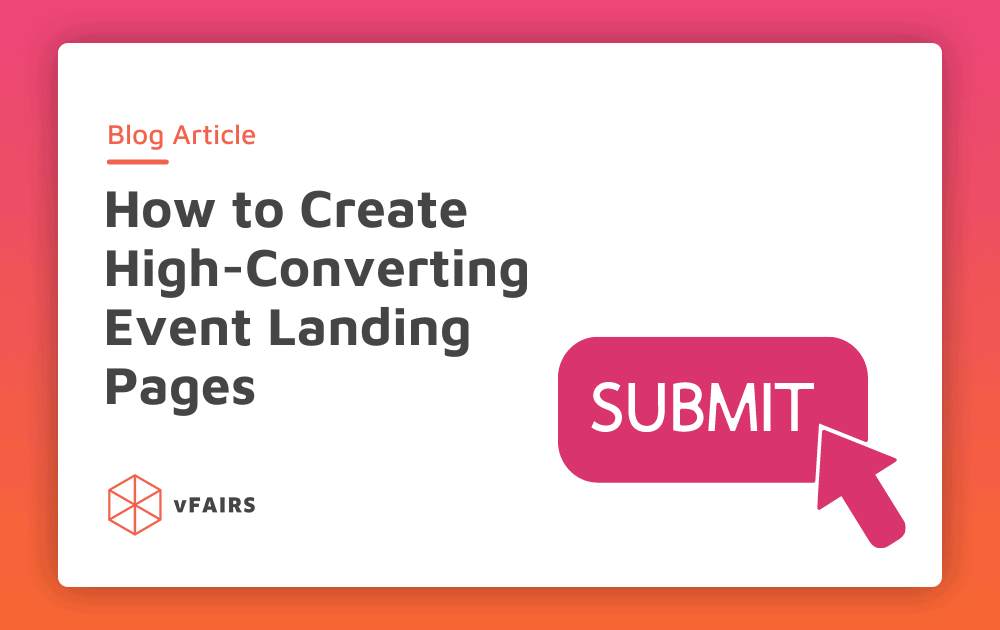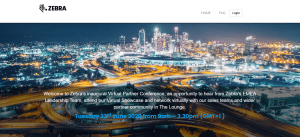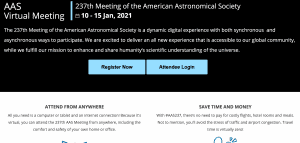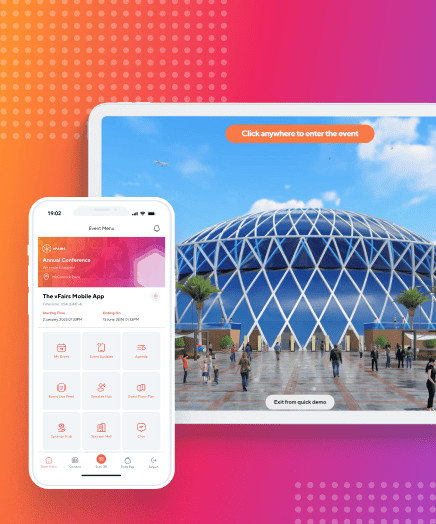Landing pages, one of the most important aspects of online marketing, can help you acquire a large number of potential leads with relatively little effort. Online marketing is a broad term that can include marketing events, products, services, and more. Landing pages, therefore, can be used for just about anything related to marketing.
While the aesthetic aspects of a landing page do play a certain role, they aren’t really the end goal. What makes a landing page great is its conversion rate i.e. the number of people who signed up for the event vs. the number of people who saw the landing page.
The more customers (or registrations in case of a trade show) you’re able to acquire, the higher the conversion rate of that landing page.
For a virtual trade event, think of a landing page as a promotional poster that you post somewhere and people look at it, and if they find it interesting enough, they register for it. Only now, the trade event is being held virtually, and the poster is actually a web page.
Building a landing page is one of the first steps during event planning and hosting trade shows. This article will guide you through each step required to create high-converting landing pages for your virtual trade events.
Start with a Blueprint
Create a rough sketch of the landing page first and foremost. You don’t need content in place at this stage. What you need is structure i.e what you’re going to include and where exactly. Following are the components of an ideal landing page:
- Headline
- Sub-Headline
- Explanatory text & graphics
- Testimonials
- Style & aesthetics
- Call to Action (CTA)
- Registration form
Once you have the structure down, you can proceed with the content. You may change the structure as you go, but having that first draft helps.
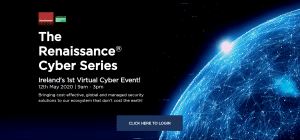
Write a Catchy Headline
The headline is going to be the largest in terms of size and it’s most likely one of the first things the viewer’s eyes are going to fall at. While all the graphics, the color scheme, the style, are certainly going to grab their attention, the headline text is what’s going to make them want to stay.
The headline should be something that sums up the very essence of your trade event while getting the viewer to see what value your product or event is going to provide them.
The headline does not need to include the specifics of what your event is about. It only has to let the viewer know that there is a solution to their problem that you can provide. The headline is mostly meant to encourage the viewer to read further what you have to offer, which should be in your sub-headline.
Example: You’ve developed a SaaS (Software as a Service) application and want to promote it with a virtual event. Say it’s a tool that helps writers be more productive. Here, the audience you’re looking to get consists of writers, and their problem has to do with productivity. So you can write a heading along the lines of: “Hear from experts on productivity about XYZ software”.
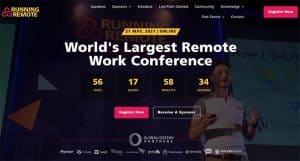
Elaborate in the Sub-Headline
This is where you can get creative. The primary goal of the sub-headline should be to elaborate further on what it is that you offer, what benefits the customer can get from both attending your virtual trade event and the product, or what solution you can provide.
The idea behind the sub-headline is ‘persuasion’. Whatever you write here, it should be persuasive in nature, it should make the viewer feel that what you’re going to offer has got them covered and how exactly.
It should still be kept short, and you should find ways to say as much as you can with as few words as possible.
Example: “Join other fellow writers and industry professionals as the experts show you how XYZ can help maximize your productivity!”
Explain More Using Text and Graphics
You can provide more details about your trade event here.
If the reader is this far down your landing page, you know who s/he’s at least interested. Now, you need to seal the deal by eloquently explaining how exactly the trade event is going to benefit them.
Here the more ‘targeted’ your audience will be, the better conversions you’ll get.
You can show each highlight as a graphic and put some text beside explaining what it is and how it adds value to the viewer’s life. If you’ve held this, or a similar, event before, you can highlight the best parts and what improvements have been made this time.
Short videos on landing pages can help improve conversion rate too, so creating a teaser trailer from last year’s highlights and placing it on the landing page would also be a great idea.
Share Testimonials Related to Your Virtual Trade Event
Credibility is always a great idea, so if you can have some of the attendees from last time around provide a short testimonial that should definitely help increase the conversion rate. In fact, customer testimonials could generate up to 62% more revenue. This is also helpful if you’re looking for sponsorship deals.
You can ask for testimonials in the form of video clips, compile them together and post them as a single video. You’ll need volunteers for that, but textual testimonials are the next best thing.
Additionally, you can use logos of the companies you have worked with before, that adds quite a bit to your status and credibility.
Work on the Style
The aesthetics work in subtle ways. If the contents of your landing page don’t bring people to your event, it’s unlikely that any high-quality graphic design will make much difference. But if your landing page does grab the attention of viewers, the design part is what will cement whatever impression they have of it all.
Read up on color theory and use all the tools you have at your disposal to craft an aesthetically pleasing landing page that grabs the attention on first look.
Write an Inviting Call to Action
Call to Actions are where you get them to sign up for your trade event. You can add a “Register!” or “I’m in!” button for this purpose. Ideally, you should be taking their information such as name, email, city, etc. to form your targeted email list for future marketing projects, as well.
Only Ask for Relevant Details
The registration form should only ask for basic details, for instance, name, email and city are enough for a lot of events. If your event warrants it you can ask for a bit more but there shouldn’t be any superfluous questions. And the form shouldn’t take more than 2 minutes to complete.
Most forms now give the ability to pre-populate fields for the viewer, so you can make the process easier for them if you add that to the form.
Make Payments Seamless
If your event requires a fee in advance, you need to make this process as easy, convenient and seamless as possible. Make sure the viewer faces no hassle at all. You can integrate Stripe and Paypal into your landing page, as they’re fairly easy to use.
Now You’re All Set!
Now there aren’t any set rules about what you should exactly do to create the best landing page, it all comes down to what you’re promoting. For example, if you want a landing page for your virtual product launch, the process would be slightly different.
But, as long as it’s something that can grab the attention of the viewer, keep them hooked, make them see value in your event, you’re going to get a high conversion rate.

